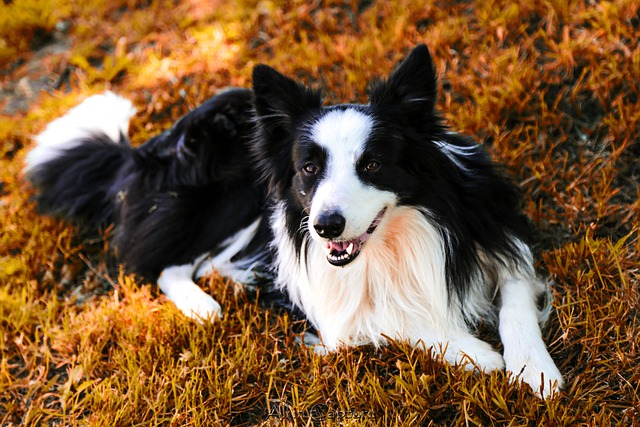
How can I tell if my dog's heatstroke is serious
Let’s be real: It’s a sticky August morning in Los Angeles, and you took your 2-year-old Golden Retriever, Max, for a walk a little later than usual
How do you dissolve plaque on a dog’s teeth? If you’re a new dog parent in the US, you’ve probably leaned in for a snuggle and caught a whiff of something less than fresh—then noticed that sticky, yellowish film on their back teeth. Plaque isn’t just gross; it’s a breeding ground for bacteria that can lead to gum disease, tooth loss, or even infections. The good news? With the right tools, you can dissolve it before it hardens into tough tartar. Let’s break down how.
Plaque is basically a sticky film of bacteria that clings to teeth, feeding on bits of food. Left alone, it hardens into tartar within 24–48 hours, and once tartar sets, even brushing can’t budge it—you’ll need a vet’s professional cleaning. But dissolving plaque early? That’s doable at home. Think of it like wiping down a counter before crumbs turn into a crust—consistency beats scrubbing later. Veterinarians recommend targeting plaque with a mix of mechanical action (scrubbing) and enzymatic products that break down bacteria. My friend’s Poodle, Bella, had noticeable plaque until they started a daily routine—now her teeth are shiny, and her breath smells like, well, a dog’s breath should.
So, what works? Start with enzymatic dog toothpaste—it contains enzymes that eat away at plaque while you brush. Use a soft-bristled brush (or a finger brush for skittish pups) and focus on the gum line, where plaque loves to hide. If your dog hates brushing, try dental chews with the VOHC seal (Veterinary Oral Health Council)—these are proven to reduce plaque. My neighbor’s Golden Retriever, Max, thinks his daily chew is a treat, but it’s actually dissolving plaque as he gnaws. For an extra boost, add a plaque-dissolving water additive to their bowl—no effort needed, and it works while they drink. Crunchy veggies like carrots or celery also help; their texture scrapes plaque as your dog chews, making snack time a mini cleaning session.

Now, let’s tie this to real-world responsibilities. First, compliance: Even with sparkling teeth, your dog needs current rabies vaccines—every US state requires it, and cities like Miami fine owners who skip this. While tending to their dental care, don’t slack on the basics: carry poop bags on walks (fines in Seattle hit $250 for leaving messes) and keep their ID tags updated.
Culturally, use dental care as a chance to bond, not battle. If your dog resists brushing, pause and offer a tiny treat—positive reinforcement teaches them it’s not a chore. Never scold or hold their mouth shut; trust matters more than a perfect clean. A dog that associates teeth time with treats will cooperate better over time.
Living in an apartment? Keep dental chews and toothpaste stored securely—no chewed-up tubes under the couch. Stick to quiet brushing times (not 6 a.m.) to avoid disturbing neighbors. When walking, use a dental chew as a reward for “heel” or “sit”—a pup focused on their treat is calmer, making community strolls nicer for everyone.
Dissolving plaque takes patience, but the payoff is huge: a healthier pup with fresher breath and fewer vet visits. With the right routine, those sticky teeth will be a thing of the past.

Let’s be real: It’s a sticky August morning in Los Angeles, and you took your 2-year-old Golden Retriever, Max, for a walk a little later than usual

You're enjoying a summer afternoon at the park when you notice your dog has stopped panting and appears disoriented - their gums are bright red

Let’s paint the picture: You’re in your Denver apartment, watching your 4-year-old Boston Terrier, Ruby, plop down mid-play session with her favorite toy

Many dog owners notice their pets nails seem shorter after regular walks,but how much does this daily activity actually help?The answer depends on where you walk—concrete sidewalks or asphalt streets gently file nails as a dog's paws hit the ground

Most dog owners notice their pup scooting across the carpet at some point, but few connect it to impacted anal glands. These small sacs near a dog’s rectum secrete a scent for marking territory

Most vets agree that regular dog teeth cleaning is key to avoiding painful dental issues later. For healthy adult dogs, a professional cleaning at the vet’s office every 12 to 18 months usually works well.